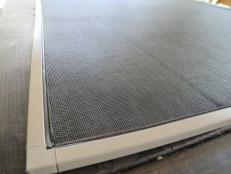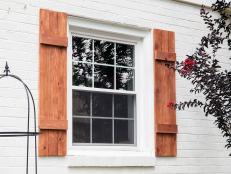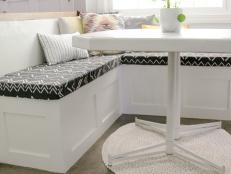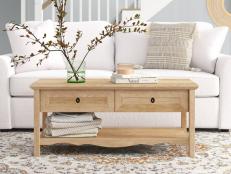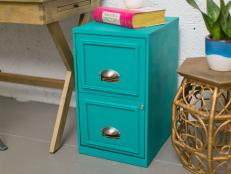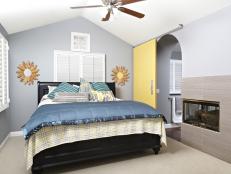How to Soundproof a Room Including the Doors and Windows
Find tips, techniques and cool products that make it possible to soundproof a home theater or recording studio, or to simply block out noise from a busy street.

Noises and distractions lead to decreased productivity and stress. Discomfort, annoyance and a lack of sleep are all frustrations cited by the National Library of Medicine in a study named The Interactive Effect of Occupational Noise on Attention and Short-Term Memory.
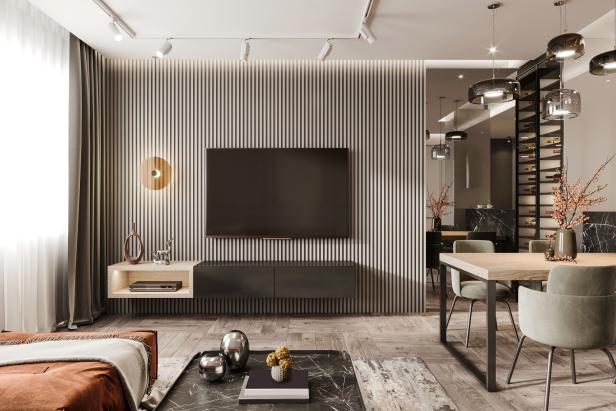
ExperienceInteriors
A soundproofing accent wall adds a decorative statement to an open concept living area.
Not only can unwelcomed sound affect sleep habits and make your home a less relaxing space, but in an age when working from home is commonplace, distractions can hinder your WFH lifestyle. If you’re a person who is frustrated by a distracting environment, has a thin-walled apartment or simply focuses best in a quiet atmosphere, soundproofing can go a long way to improve your home and workspace.
Soundproofing isn’t just helpful in creating a quiet office for your virtual meetings. A quiet home or room can also be necessary for many reasons:
- to build a home theater
- for home recording projects, such as for videography or podcasts
- to block the sound of noisy neighbors
- to muffle your own loudness as a courtesy to your neighbors
Soundproofing also improves insulation and reduces air drafts in both extreme hot and cold climates.
There are a full range of products and solutions that help soundproof a space to suit your needs. From soundproofing curtains to high-density neoprene foam panels, we’ll share a range of options so you can select a combination of noise-canceling solutions to suit your professional or personal needs.

Jessica McGowan/Getty Images
Soundproofing wall panels are installed to limit the sound that travels between a downstairs living room and an upstairs home office. The textured panels also add style to this two-story focal wall.
Where to Start
Soundproofing a room always starts with tackling spaces and gaps that are naturally around doors and windows, but it doesn’t stop there. You’ll also need to consider the walls, ceiling and floors in the room.
Windows: Silencing a noisy street — whether it’s polluted with passing pedestrian conversations or brash garbage trucks — starts with blocking sounds at the windows. Simple weatherstripping isn’t just for the cold. It can be the first line of defense against drafty sounds.
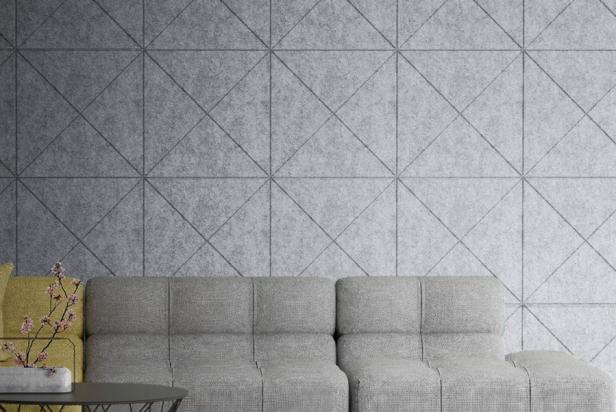
Kirei
Felt EchoTiles are made from 60% recycled plastic.
Interior and Exterior Walls: You would think that wall insulation and siding can easily block sounds from outside, but their effectiveness can vary by material and by the amount of insulation in the walls. Homes in warmer climates, for example, may have less wall insulation. Furthermore, if your home is thin-walled or your home office shares a wall with an adjacent condo, there are predictive reasons it’s worth thinking through options to soundproof your walls. If your home office is in a shared space, soundproof room dividers can reduce noise.
Doors: To soundproof both exterior and interior doors, you’ll have to focus on gaps around the door and sounds that pass under a threshold. If you live in an apartment building, you might be trying to mute your neighbor’s barking dog. If you work from home, you may just need to muffle the sounds of your teens playing video games or electric guitar in an adjacent room. Regardless of the purpose, keeping sounds in and keeping sounds out requires a simple combination of treatments that help isolate a space.
Floors: Hardwood floors can add to a home's echo, and squeaky floors can also be distracting. From repairs to special coverings, consider options that will absorb sound.
Soundproofing solutions can help address all these issues.
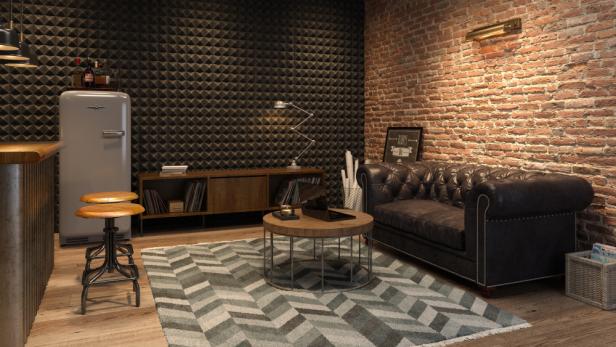
Shutterstock/Berg Dmitry
Popular Soundproofing Materials
"Acoustic panels have gone from bland, neutral fabric panels to vibrant decor elements," says John Stein, founder and executive vice chairman of Kirei. "There are a lot of great, easily installed stick-on or removable acoustic tiles and panels that can reduce echo and make spaces look great and feel great to be in." Whereas many products used to be manufactured only for commercial spaces, new residential-friendly options make it easier and quicker to improve soundproofing in any room of your home. Let's review the most common, accessible soundproofing options available for homeowners.
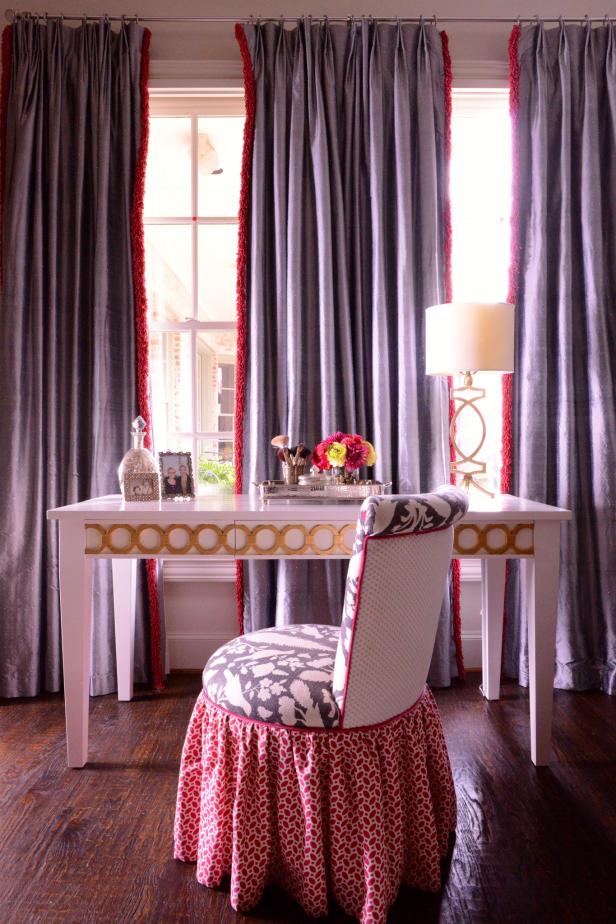
Michael Hunter Photography
Curtains and Blinds
Noise-canceling curtains and cellular blinds can make a big difference around any window in your home. Blackout curtains are excellent for blocking noise. (They also reduce energy costs.)
Foam Weatherstripping and Rubber Gaskets
Running a layer of foam weatherstripping where your window seals keeps your sound in and outside sounds out. Likewise, a rubber gasket installed under a door can efficiently block sound through a gap that may be upwards of 1-inch tall. Weatherstripping is commonly sold as adhesive rubber, foam or plastic weatherstripping and all do a great job at blocking holes and gaps in older windows where noise from pedestrians and street traffic can penetrate a space.
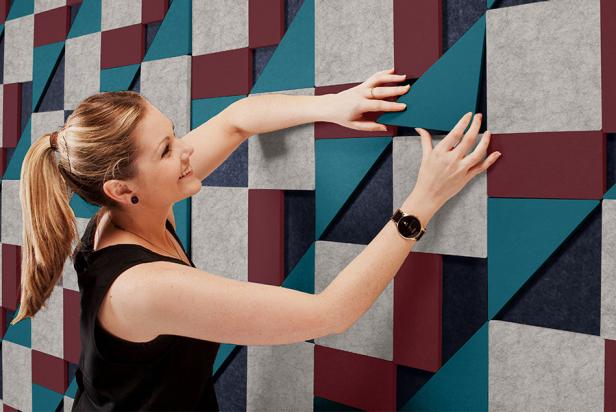
Kirei
Recycled felt EchoTiles from Kirei.
Soundproofing Panels
Acoustic soundproofing materials are commonly installed to create a sound booth or to soundproof a bedroom. Acoustic foam panels are available in many sizes and colors to allow for installations that are both decorative and functional. Thoughtfully designed panels make it easier to integrate foam into your home or office in a practical and affordable way.
Neoprene Rubber
Neoprene rubber is available in large sheets just like soundproof foam. It is also manufactured for door and window trim. Applied like weatherproofing around windows and doors, the rubber impedes soundwaves to keep your noise in and outside noises out.
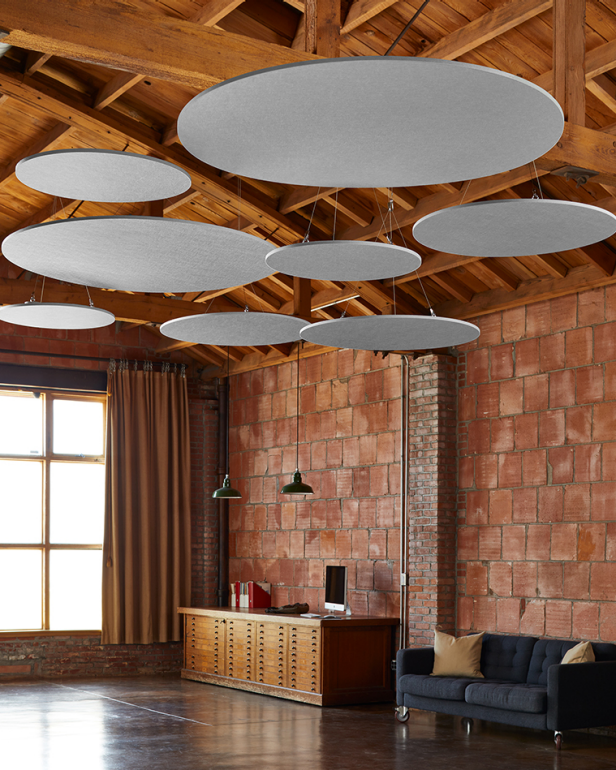
Kirei
EchoCloud from Kirei is available for commercial workspaces.
Ceiling Clouds
Acoustic clouds, like Kirei's EchoCloud, are sound-reducing ceiling panels. These designs can be decorative, but their function is meant to help absorb sound and provide better acoustics in a room. Many models can be installed to hang from the ceiling on hooks, hence the name "cloud." The soundproof barriers absorb all noise so it can't echo from the ceiling.
Acoustical Caulk and Insulating Sealants
Add an extra layer of soundproofing around pipes, electrical outlets or gaps in trim to create a thicker barrier in your space. Acoustical caulk and insulating foam sealants apply the same way as their traditional building counterparts but are formulated to improve soundproofing.

Shutterstock
Drywall and Insulation
When soundproofing gets tough, don’t forget that you can always add to your room with an extra layer of drywall. Double thick drywall adds mass to a room (and yes, makes it a tiny bit smaller). Thicker drywall prevents sound wave penetration, especially for lower frequency sounds.
Additionally, improving insulation or adding new insulation to interior walls that didn’t previously need soundproofing when they were constructed can improve the transmissibility of sound in a space.
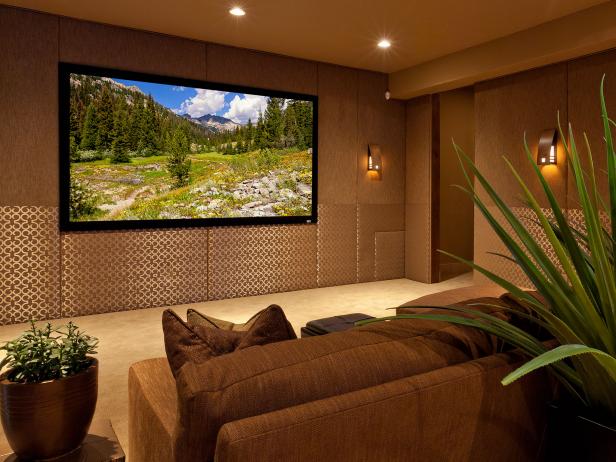
Lori Carroll
How to Build a Soundproof Space
1: Start With the Interior Door
To soundproof a room, start with the interior door. Weatherstripping around the top and sides of a door where the door meets the frame can create a substantial seal to insulate against noise.
Door gaskets or door sweeps that fill in the gaps around the entire door and its door frame are also a useful solution, though they’re more permanent than weatherstripping.
Gaskets often consist of high-quality neoprene and can be customized to fit warped doors.
2: Weatherstrip or Cover Windows
To soundproof windows, weatherstripping will reduce noise from pedestrian and street traffic. High-density foam weatherstripping can be used to reline old gaskets and create a thicker sound barrier.
Old, inefficient windows also benefit from weatherstripping's insulative value.
Depending on the level of noise you’re competing with, consider hanging thick curtains to further muffle sound that penetrates the glass. Some WFHers crave natural daylight, so this is an option that also works if you need a barrier from visual distractions.
3: Fill Gaps
Add acoustical caulk or an insulating sealant to fill in small gaps and cracks around doors, windows and vent openings.
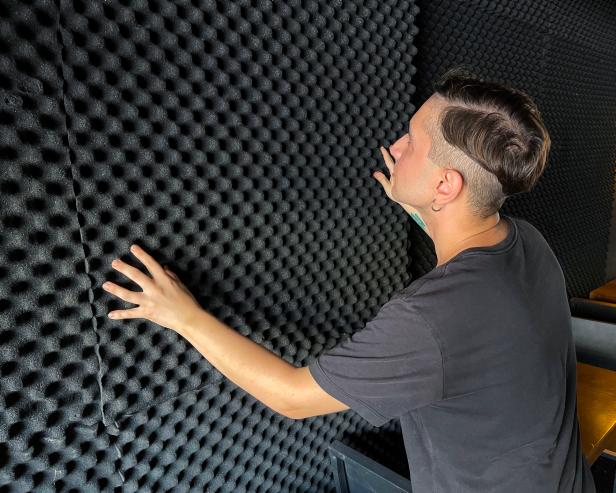
Beyhes Evren
4: Install Acoustic Panels
Acoustic panels come in many materials. If you want to create a room that's like a sound booth, they’re suitable for absorbing sound that can bounce off walls, ceilings and floors.
- Foam, felt and neoprene panels are available in many sizes, colors and densities. If you thought installing soundproofing tiles would make your space look like a moody recording studio, think again. Colorful accent walls add function and can be installed creatively to enhance decor and style.
- Install ceiling cloud tiles onto a ceiling to buffer the sounds from your upstairs neighbor or if you're creating a basement theater room.
- Install interlocking foam tiles to reduce squeaking and echoing from a wooden floor. Top it with an area rug for added soundproofing and style.
- Acoustic door panels are available in every material you can think of, from plywood to fiberglass to high-density foam or solid wool sheets. After you soundproof around all edges of a door, you might find added comfort and silence in insulating over the top layer of the door for added quiet.
- Artistic soundproof panels double as large-scale art if you want to knock down the echo in your office or living room without compromising style. These products are often available as fabric-wrapped panels, or as perforated wrapped wooden panels.

Shutterstock/Enrika Samulionyte
Is it Harder to Soundproof a Metal Door?
Metal doors are only seen as a logistical challenge because they can’t be drilled as easily as you would drill into a solid wood or hollow-core door.
You can still add a number of soundproofing products to metal doors. Consider raised door thresholds instead of door sweeps. Install fiberglass soundproof blankets instead of thick permanent panels. Opt for lightweight vinyl panels that can adhere to the backside of a door with double-sided mounting tape to enhance soundproofing in a room. With a few simple steps, you, too, can enhance the soundproofing in your home or apartment and shut out unwanted noise.







